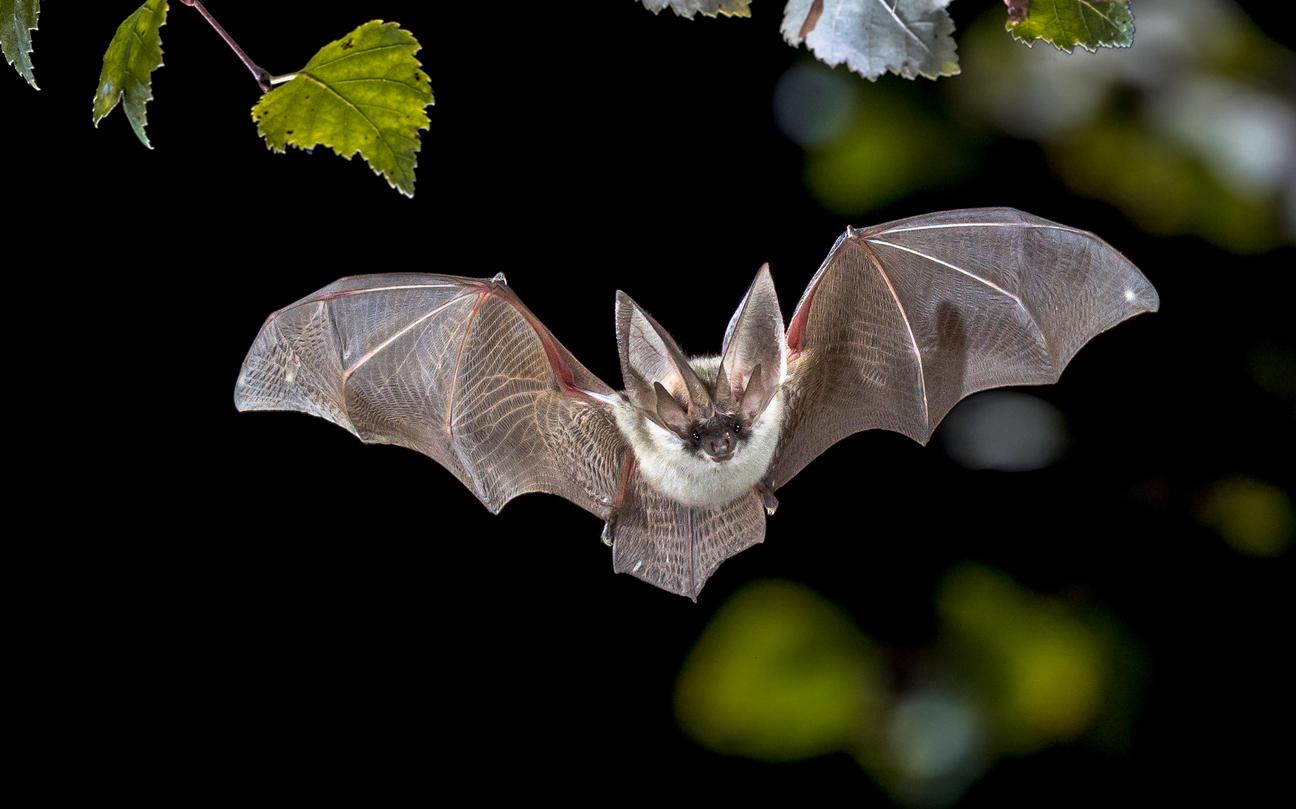Red squirrels were the main vector of leprosy in medieval England.

- Red squirrels were responsible for the leprosy epidemic that hit Britain in the Middle Ages, according to a new study.
- To reach this conclusion, the scientists studied 25 human samples and 12 samples from red squirrels collected in a former leprosarium.
- Leprosy mainly affects the skin and the peripheral nervous system.
A new genetic analysis of human remains and red squirrels provided evidence that these small animals transmitted bacteria to British men and women that caused a large epidemic of leprosy in the Middle Ages.
“Our genetic analysis allowed us to identify the red squirrel as the first animal host of leprosy,” said Verena Schuenemann, professor at the University of Basel and author of the study.
Leprosy: humans and red squirrels met a lot in the Middle Ages
Having been largely replaced by its gray cousins, the red squirrel (Sciurus vulgaris) is a rare animal in the UK today, but this was not the case in the Middle Ages. At this time, humans and red squirrels encountered each other quite often, these animals being valued for their fur and sometimes captured as pets.
Leprosy is caused by strains of bacteria of the Mycobacterium leprae species. The disease, which primarily affects the skin and peripheral nervous system, is described in ancient writings from several civilizations, but you may be surprised to learn that the World Health Organization is still recording more than 200,000 new cases. every year.
Today, leprosy can be treated with a long course of three antibiotics, but if people cannot access these drugs, the disease can progress to permanent disability. And it’s not just the physical effects: leprosy patients have always been victims of stigma and discrimination.
In the Middle Ages, it was still thought that it was best to isolate people with leprosy from the rest of the population, and one way to do this was to build special hospitals called “leprosariums”. One of these establishments was in Winchester, a small town in southern England, which also had strong ties to the fur trade. This is where the research team took the samples necessary for its analysis.
Origin of leprosy: 25 human samples and 12 red squirrel samples studied
The scientists studied 25 human samples and 12 red squirrel samples, identifying, sequencing and reconstructing the genomes of four strains of Mycobacterium leprae, including one from a squirrel. Taking a closer look at the genomes, the scientists found that they all belonged to the same branch of the Mycobacterium leprae family tree and that the medieval squirrel strain showed greater similarity to medieval human strains than did with modern strains of the squirrel.
“The medieval red squirrel strain we found is more closely related to medieval human strains from the same city than to strains isolated from infected modern red squirrels. Overall, our results indicate an independent circulation of strains of Mycobacterium leprae between humans and red squirrels during the medieval period”, explained Verena Schuenemann.
“Our understanding of the history of leprosy will remain incomplete until all its hosts are taken into consideration,” concludes the researcher.
His study is published in Current Biology.

















